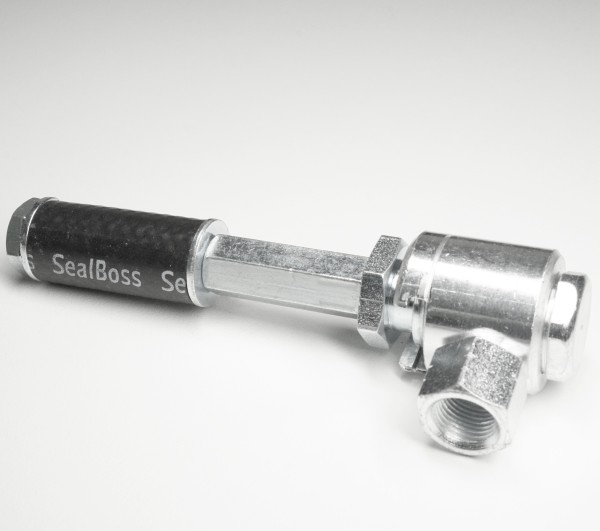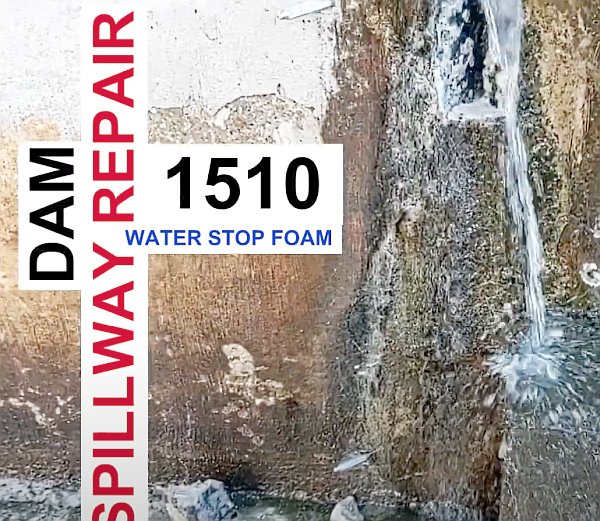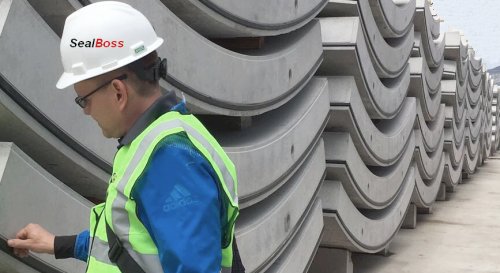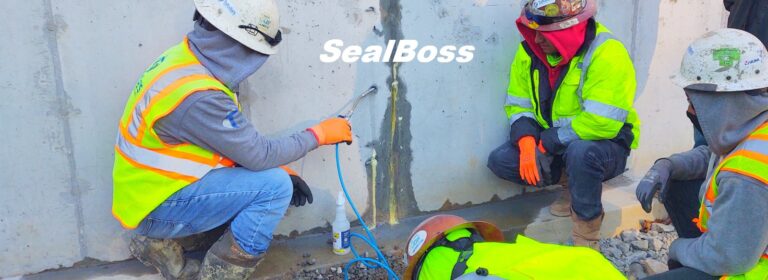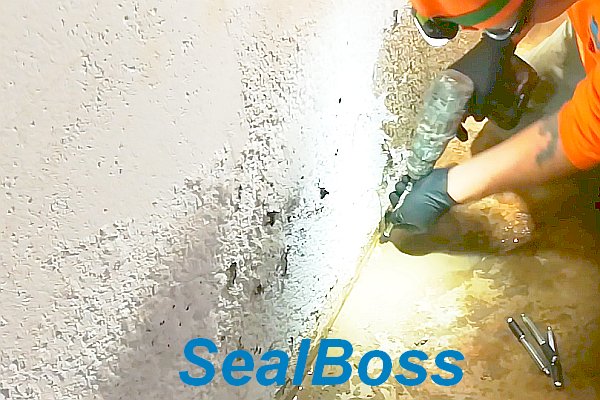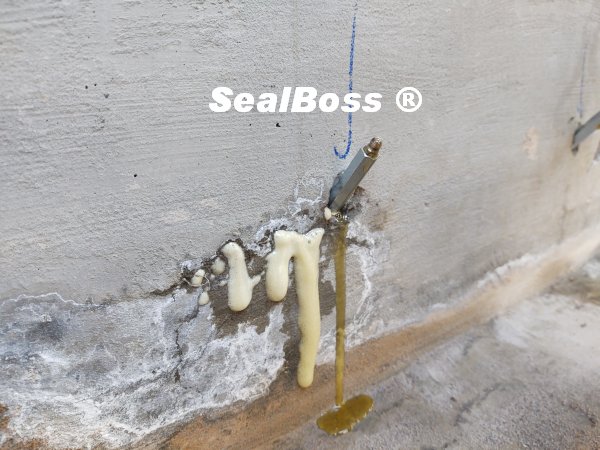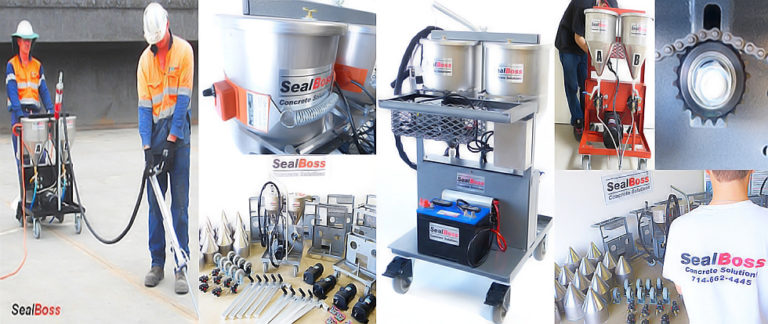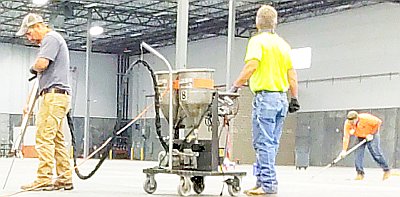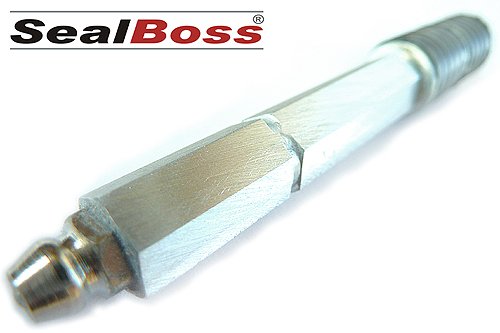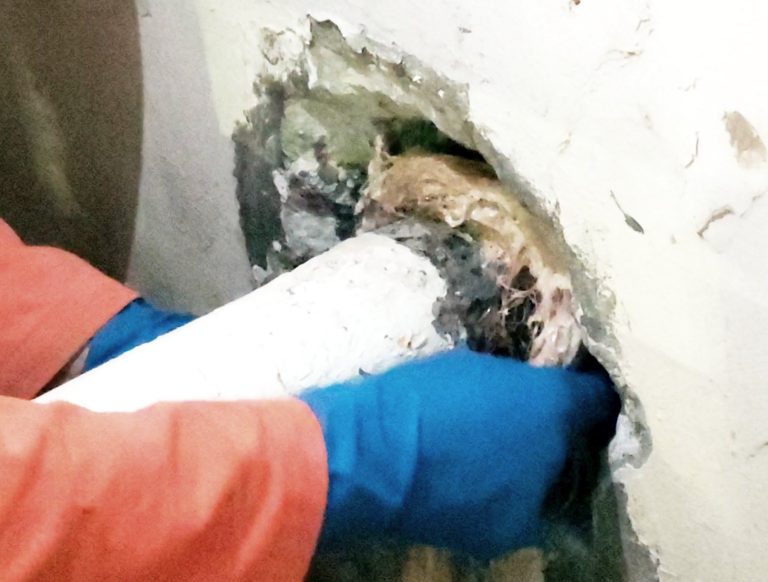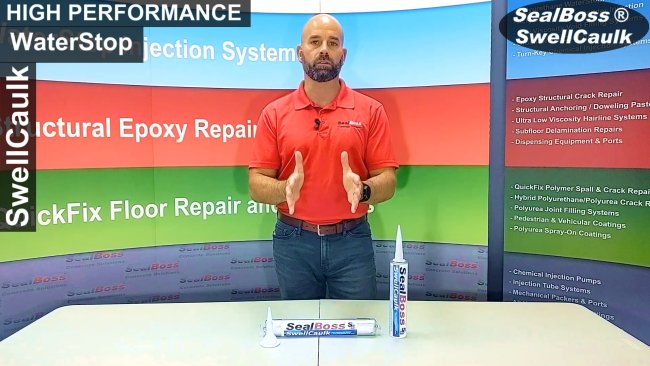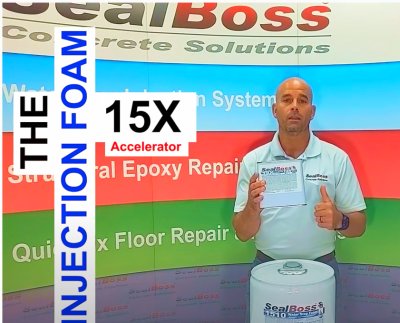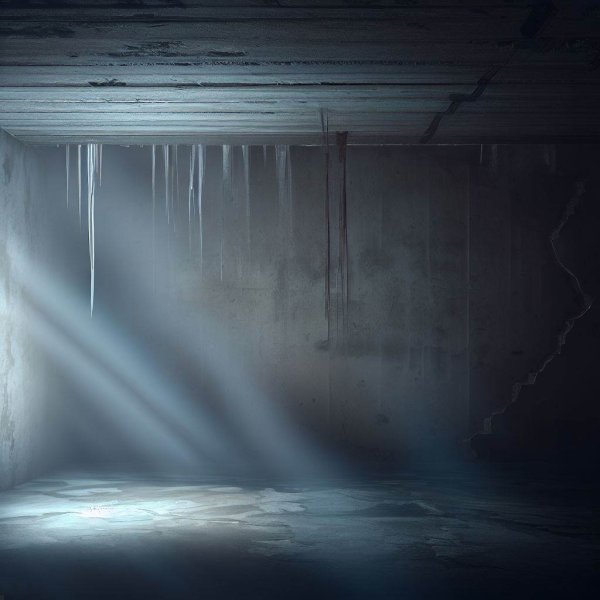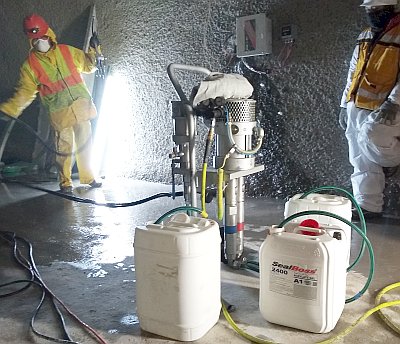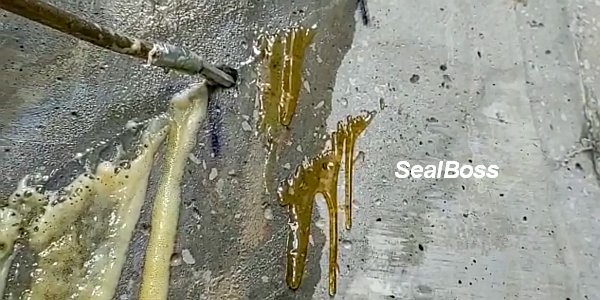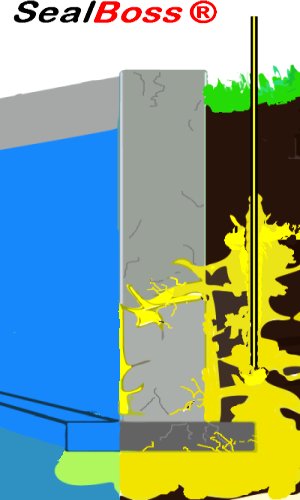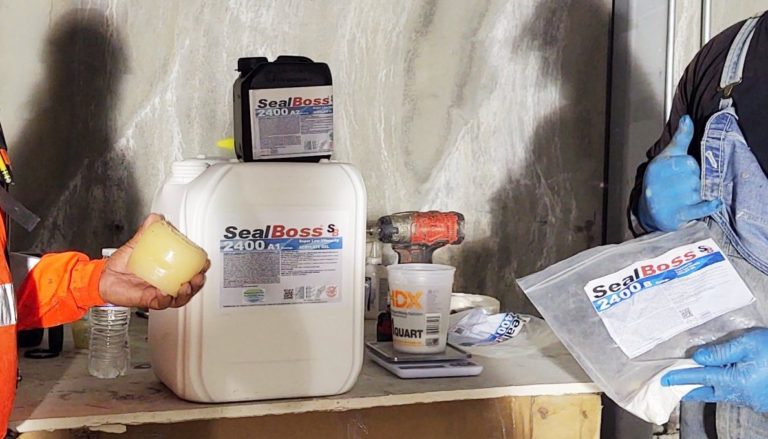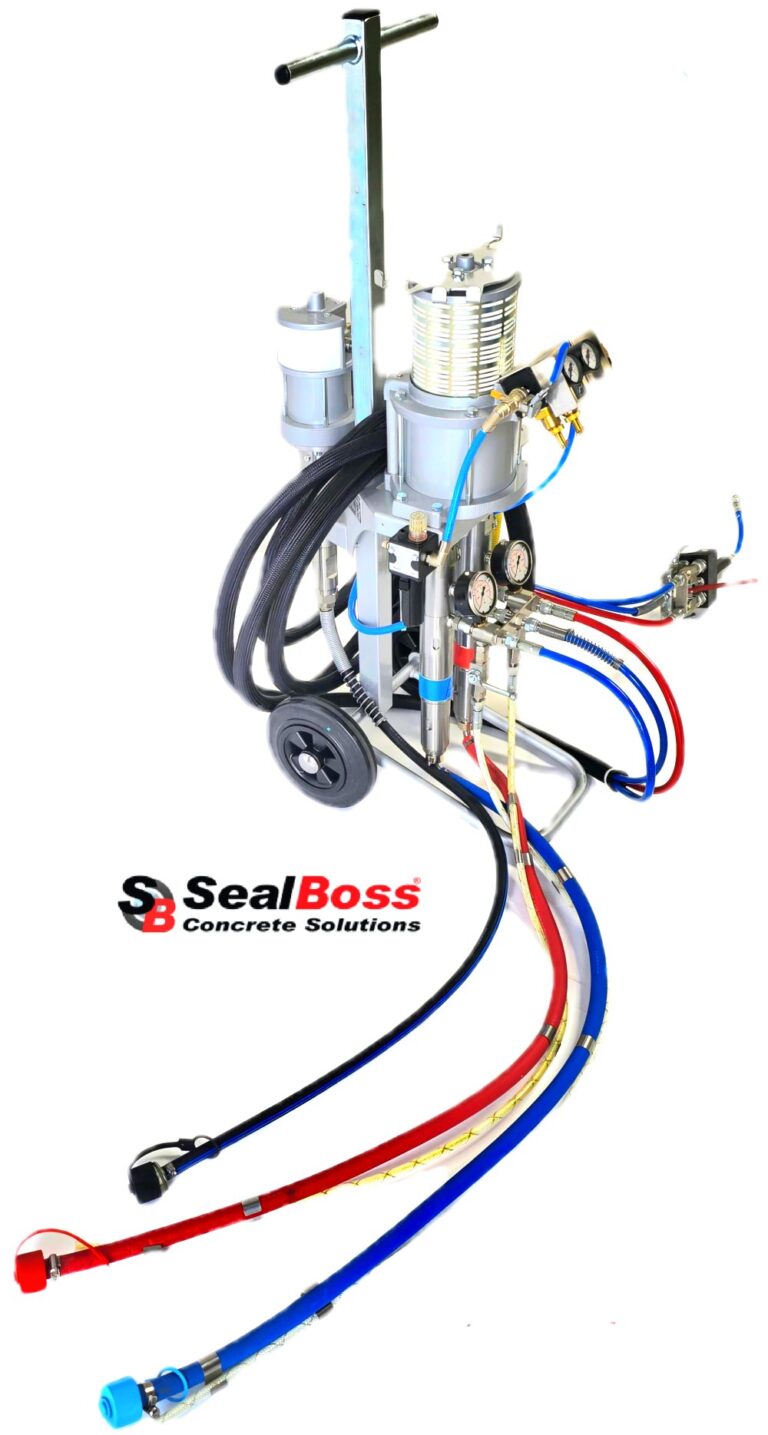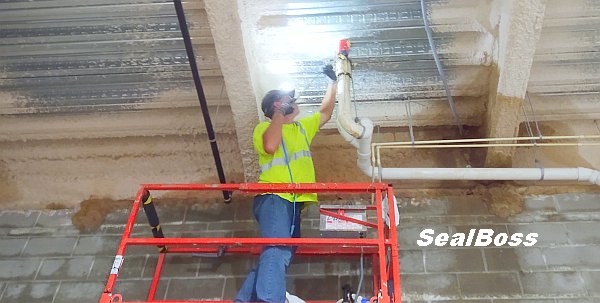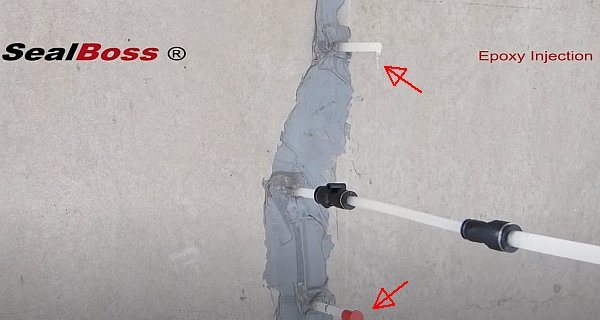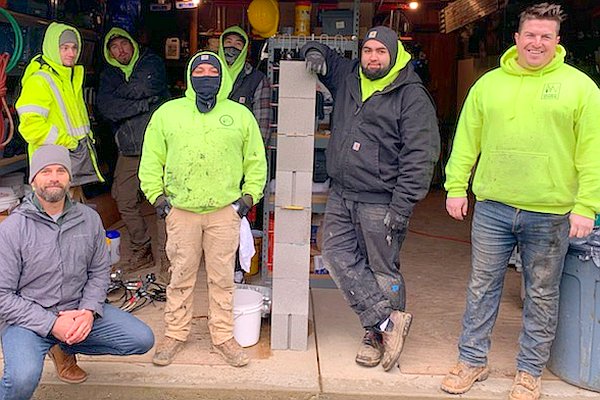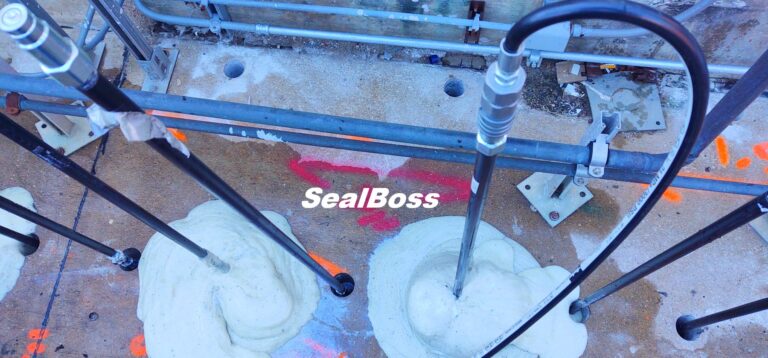"...You have to be sensitive to the owners wallet..."
How to Space Injection Packers Correctly – Mechanical Packer Placement Insights
This article is an excerpt from the SealBoss Podcast discussing Elevator Pit Repair with Chemical Grouts, hosted by Chris Coderre, featuring Jim Andrews of American Restore. Jim has over 30 years of experience in the chemical grout industry. If you’d rather listen, an audio version of the podcast is posted at the bottom of the article.
Chris Coderre: In relation to the packers — spacing of the Packers — technically speaking, with curtains and hydrophilics and hydrophobics, specifically to Packers, what do you see as the range, what have your experiences lead you to believe in terms of [spacing] what you go with on these elevator pits.
Jim Andrews: Well, that’s kind of a controversial question Chris, because you know, you don’t really know what’s going to happen. Even if you take a core, even if you run GPR [Ground Penetrating Radar] and you see you got a good dense mass — whatever the section is, however the section is built — you really don’t know what flow is going to be like until you’re hooked up and you are pumping.
And, as you know, you have to be sensitive to the owners wallet and a big part of this business, a big part of this work is labor. And why would you drill 50 holes in a pit when you might be able to accomplish the task with ten?
Chris Coderre: I love it.
Jim Andrews: We don’t go out there and drill a bunch of holes and set up a bunch of packers and then the guys start pumping and realize they could have they could have accomplished the task with a fraction of of that effort.
So what our guys will do — and we’re doing this right now — we’ve got two or three jobs and I was on one yesterday that we’re doing, where I said ‘gee man’, you guys have really drilled a lot of holes here and they said, … , we’re actually consolidating honeycombed concrete walls, and we’ve just want to get in the flow.
We weren’t getting the flow and so we had to put more holes in but they started with a you know, 12 inch, 16 inch, 18 inch spacing but at the end of the day they had to get down to 4 to 6 inches to get proper flow consolidation.
So on this kind of grouting, if you can get the proper grout at the proper viscosity behind the mass and you have the right pump and you can pressurize it — you can push grout, Chris.
I mean, you know, we were on a job together years ago in San Jose where we were pushing grout over a hundred feet behind improperly consolidated water stops, so we were pushing grout a hundred feet through one hole one packer. And even though the owner had to spend some money to fix the problem, we saved him a ton of money because we weren’t in there drilling all these holes.
So, you know, any time I see a specification and they’ve got this very uniform detail of where they want the packers set that tells me that the guy doesn’t really know what he’s doing and it also tells me he doesn’t have any respect for the owners wallet, because, you know, drilling holes through six or eight or 12 inches of concrete … — we spend a lot of money on packers. We spend a lot more money on drills, drill bits and hammer drills.
I mean does that answer the question? You can have four pits on in one building and they you could have four different processes to fix the problem. I mean water’s coming in, but you might have good consolidation soil mass behind one, not too good behind some others.
So anyway, it really boils down to the knowledge and experience of the guys doing the work.
“SealBoss How To” Podcast:
Elevator Pit Repair with Chemical Grouts
A Conversation Between Two Industry Professionals
Episode 6
A Concrete Solutions Network / Sealboss ® Production Podcast ©





























